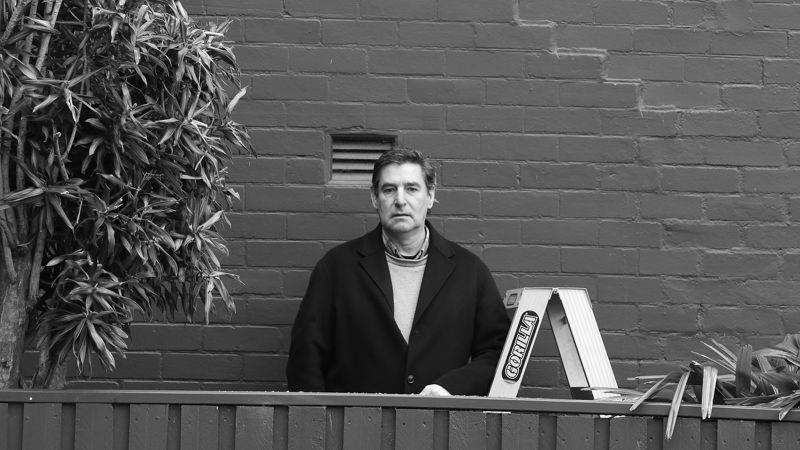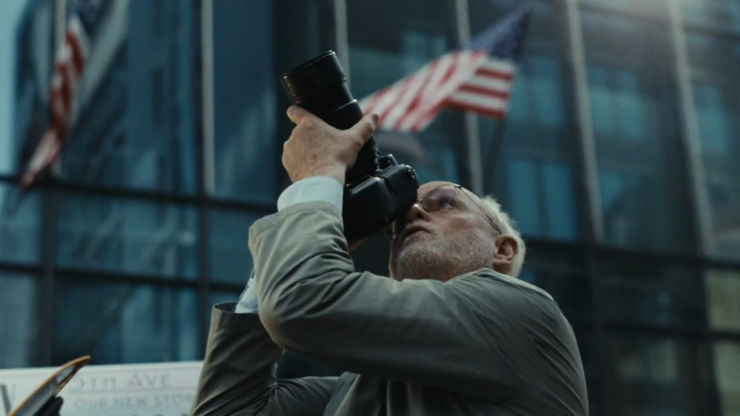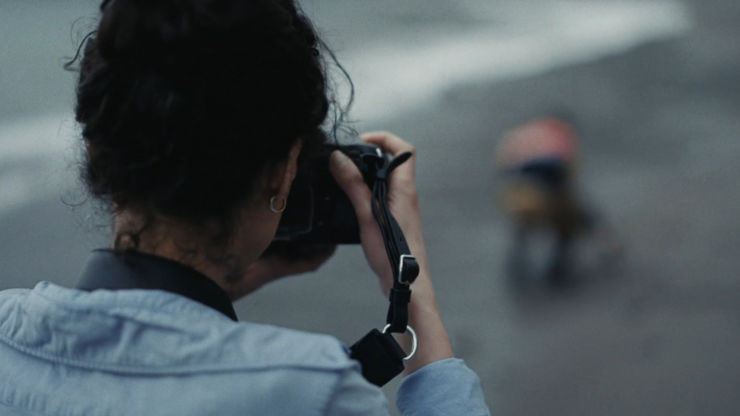YDA winner Sinan Sevinç on weaving powerful parallel narratives
Sinan Sevinç's heart-rending short film Split Second scooped up a staggering five YDA wins this year, taking home the Special Jury Prize, three Gold and one Silver awards. He talks to Izzy Ashton about the technicalities of telling three stories in one film, and the attention to detail required on set to accurately represent historical events.
Did you always know you wanted to be a director? What's your favourite part of the directing process?
First I wanted to be a journalist, so I studied cross-media journalism before I got into directing. During my studies I especially enjoyed working on short documentaries and story-driven video reports. However, I quickly realised that in day-to-day journalism there are limits to the resources available to produce high quality imagery. So I tried to find another vehicle to keep my storytelling approach but combine it with a cinematic visual language. Honestly, the best part of the directing process for me is working directly with the people, from the cast to the different departments. Filmmaking to me is a process that only can be successful if everyone included has a common vision.
Where did the idea for SPLIT SECOND come from?
I have always been very interested in photojournalism and I was fascinated by the fact that so many people are familiar with these iconic photographs, but very few know the stories behind them. So I started to work on a concept that would take advantage of that and let the audience experience something they already knew from a completely new perspective.
Credits
powered by
-
- Production Company Stink/Czech Republic
- Director Sinan Sevinc
-
-
Unlock full credits and more with a Source + shots membership.
Credits
powered by
- Production Company Stink/Czech Republic
- Director Sinan Sevinc
- Production Company Filmakademie Baden-Wurttemberg
- Sound Design Berg&Dahl Audio
- Production Company Katalyst
- Executive Producer Micheal Hessenbruch
- Executive Producer Marco Henn
- Editor David Gesslbauer
- Music Alexander Wolf David
- Music Stefan Benz
- Production Assistant Sabrina Kollmann
- Color Grading Marina Starke
- Managing Director Steffen Rothinger
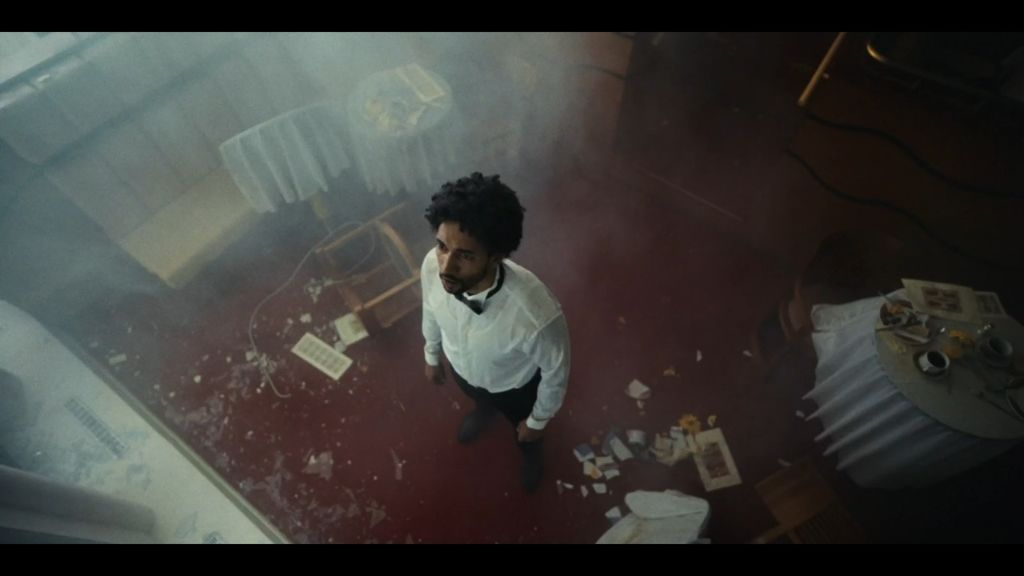
Credits
powered by
- Production Company Stink/Czech Republic
- Director Sinan Sevinc
- Production Company Filmakademie Baden-Wurttemberg
- Sound Design Berg&Dahl Audio
- Production Company Katalyst
- Executive Producer Micheal Hessenbruch
- Executive Producer Marco Henn
- Editor David Gesslbauer
- Music Alexander Wolf David
- Music Stefan Benz
- Production Assistant Sabrina Kollmann
- Color Grading Marina Starke
- Managing Director Steffen Rothinger
Throughout every scene you can feel the panic and terror. How did you capture this so beautifully? Where did the decision to shoot different yet parallel experiences come from?
In order to tell the settings as authentically as possible, we specifically worked with long takes and tried to bring the sceneries to life, which worked really well but was also exhausting for the cast and the crew at the same time. The parallel montage within the film goes hand-in-hand with the overall concept.
The idea was to create three cold open to drag the viewer straight into the plot. It was a conscious decision to leave the viewer in the dark at the beginning. Our wish was for the audience to experience a revealing moment only at the end, when the stories are unravelled and conclude with the original photographs.
Could you talk about your choice to use the camera as a framing device? How you used it to bring the viewer’s attention back to a single moment in time.
We generally thought a lot about the camera work during the creation process of the film because more than ever it is the essence of it all and plays a central role. That's how we came up with the idea of using the camera as a tool for the moment of revelation at the end, and to resolve the climax of the spot through the camera's viewfinder. In this way, the viewer is finally drawn completely into the story and literally becomes the photographer himself capturing the moment. This is, by the way, also what the title is supposed to reflect: the split second that sometimes truly can change the world.
How long did it take you to make the film, and what was the most challenging aspect of its creation?
We had four shooting blocks with a total of nine shooting days, and of course numerous challenges, as there were three completely different surroundings to tell. From finding a location that isn’t 1,000 kilometres away but authentically showcases the jungle of Vietnam to the historical recreation of 9/11.
So you can imagine how tough it has been many times with the limited budget we had. Throughout the whole production it was always very important to me that the costume and set design stayed as close to the original narratives as possible, which demanded a great attention to detail from everyone.
Were there any standout or memorable moments from the film’s creation process?
Oh yeah, many! The boat scene for example was very emotional and touching for everyone. To better understand the background of the stories, my DP Christopher and I spoke to several people during the research, including someone who had made the exact same boat crossing and was able to tell us first-hand how it happened and how he felt. Hearing his personal experience and then being on set, seeing it come to life was a goosebump-moment for everyone.
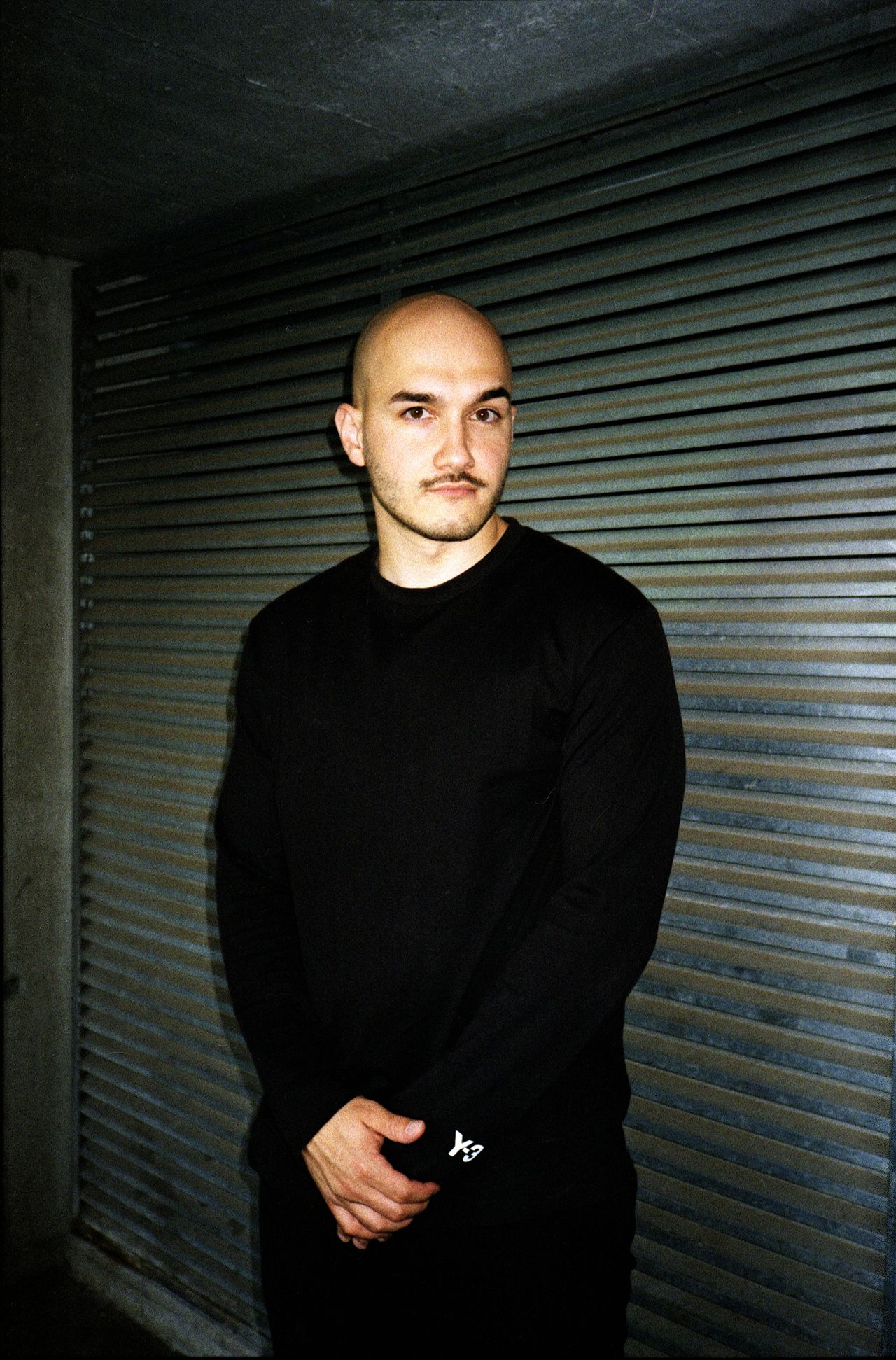
Above: Sinan Sevinç
What do you feel you’ve learned from making this film? Is this a subject matter you’d like to explore again in the future?
Basically, it's often stories inspired by true events that are my source of inspiration, similar to the concept behind my last film Born Guilty. I think that comes from my journalistic background which is still part of my DNA as a director. Hopefully that will continue to be the case in the future and will affect my commercial work as well. However, Split Second has shown me once again that I have an urge to tell longer stories and to explore them further, in addition to the short formats I love working on.
Congratulations for your YDA win. What does it mean to you to pick up this award?
The YDA is a very important award for all of us and a great benchmark within our industry. That's why we're always happy when we win an award. The fact that we were able to take home five of them this year exceeded all expectations. I am happy for the whole crew that the hard work everyone has put in has been seen and appreciated.
What’re you working on at the moment? And what’s coming next?
I just had the pleasure to shoot a really cool Apple campaign and I'm looking forward to more exciting commercial projects. At the same time, I'm working on my first long-form project, which is expected to be released late next year.
)

